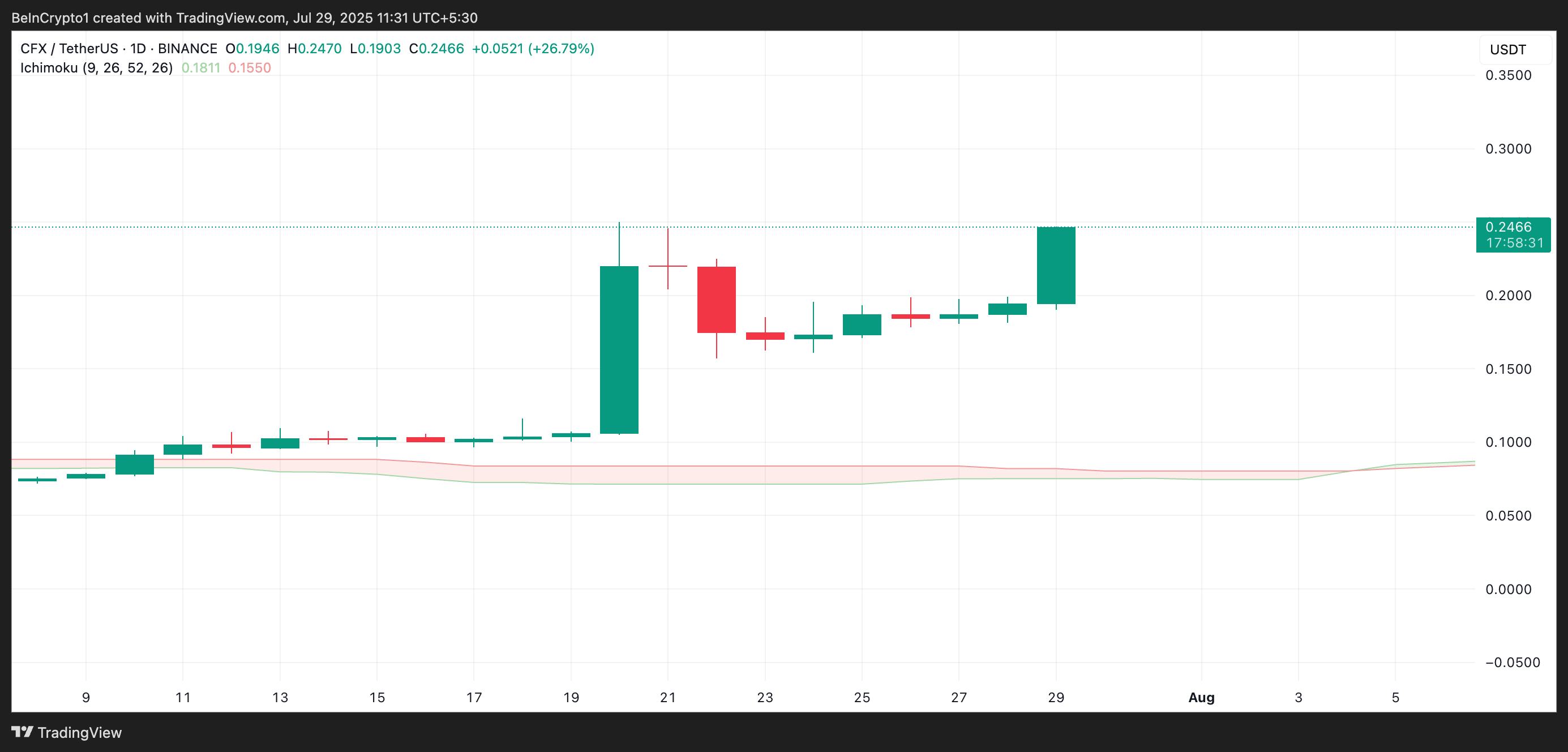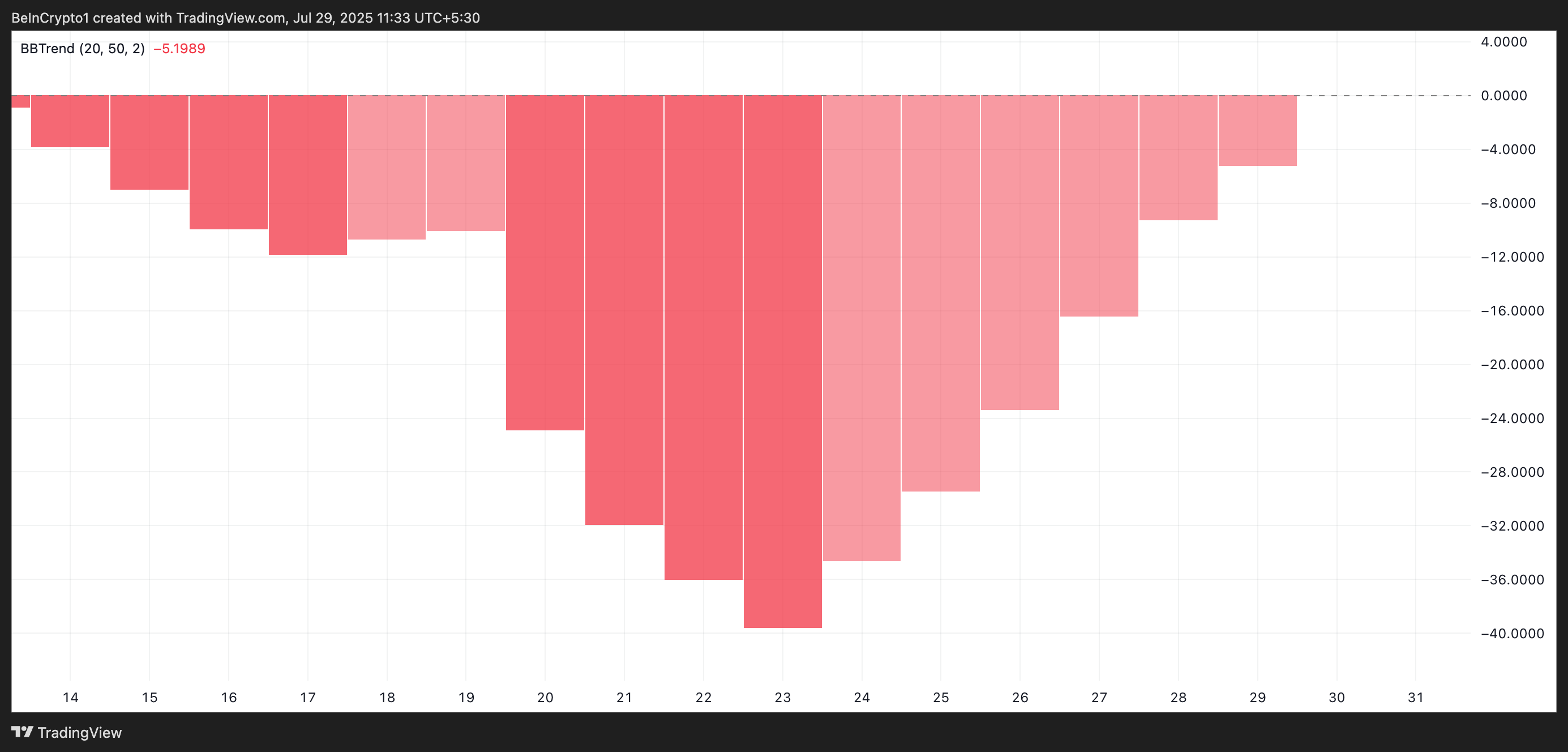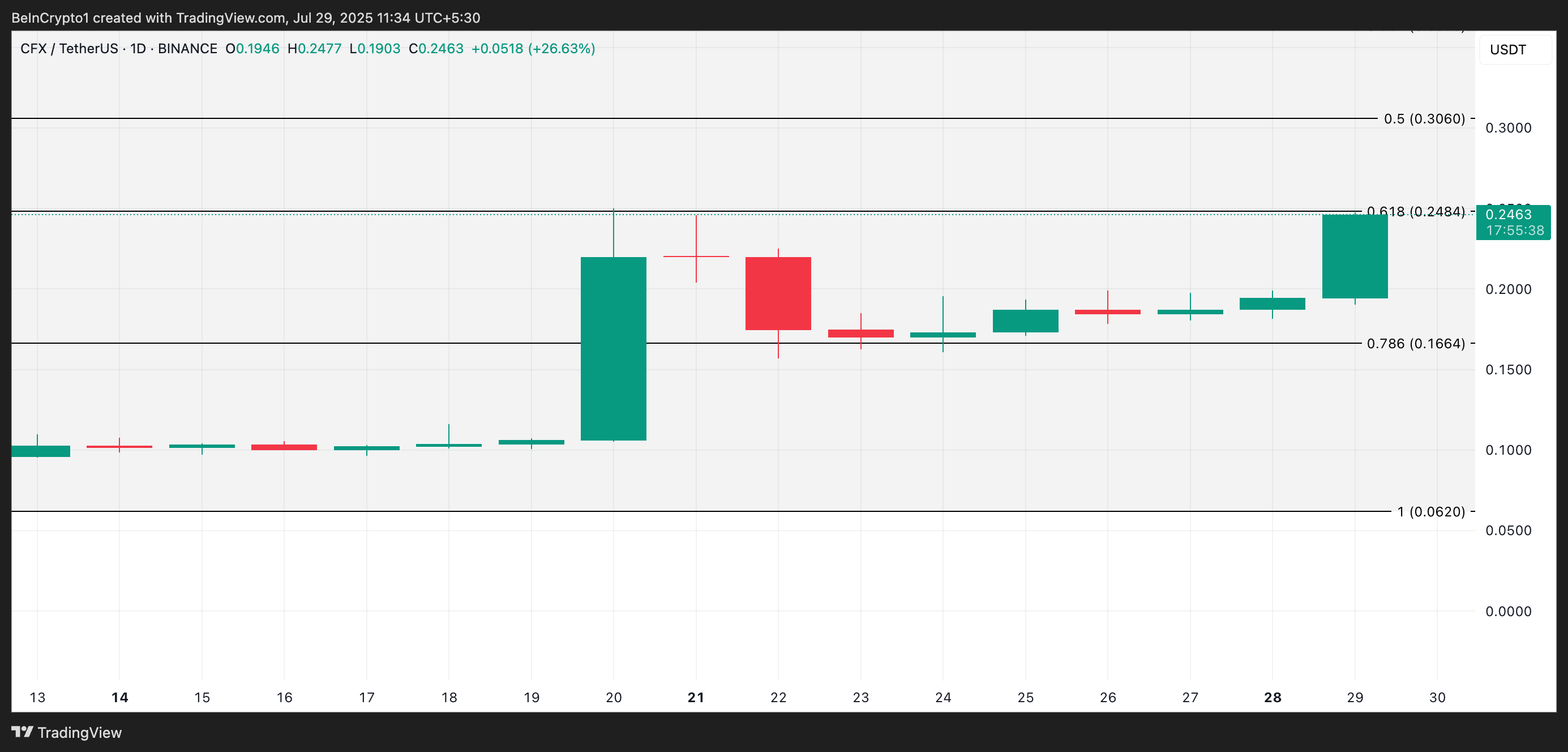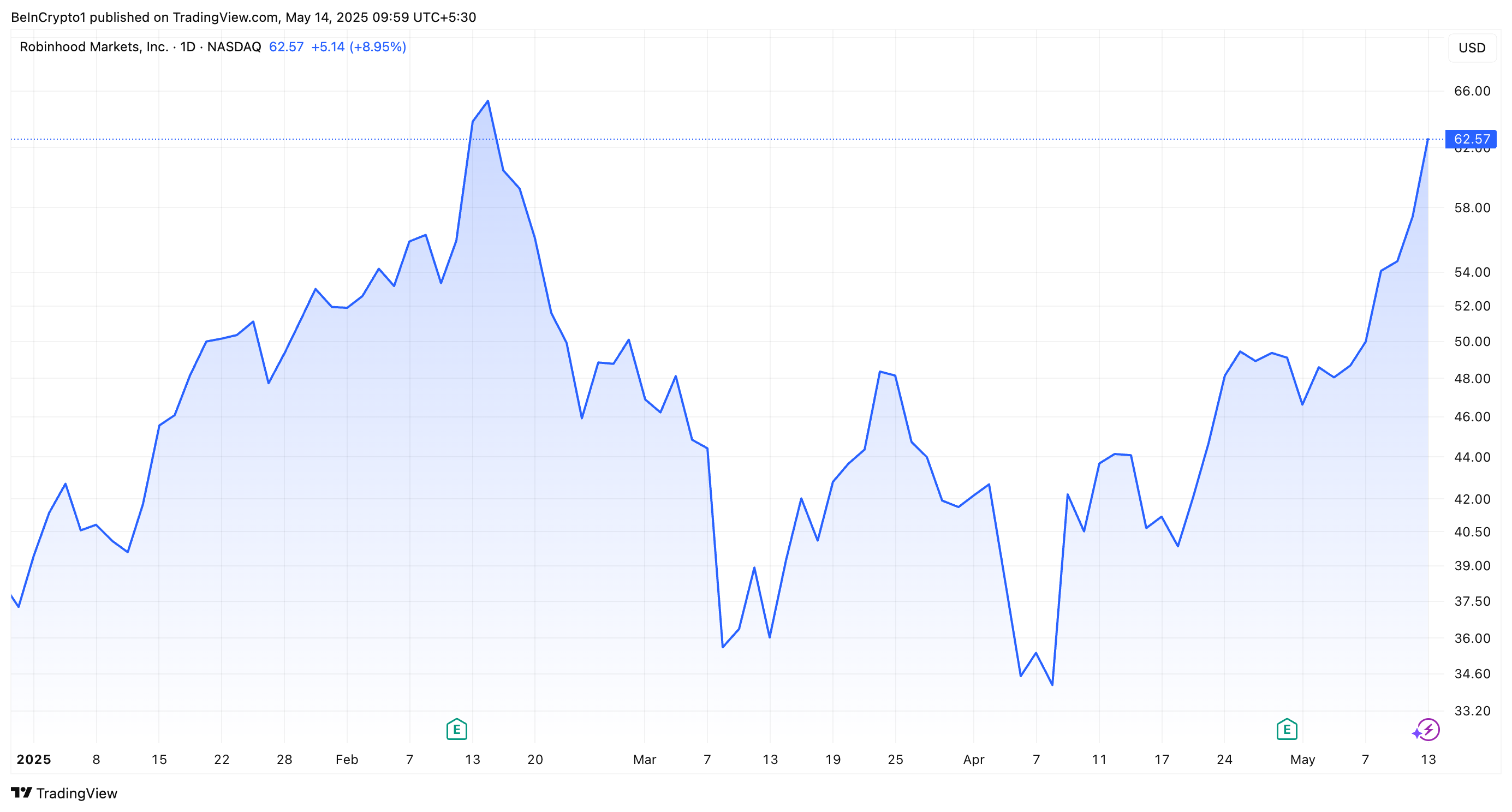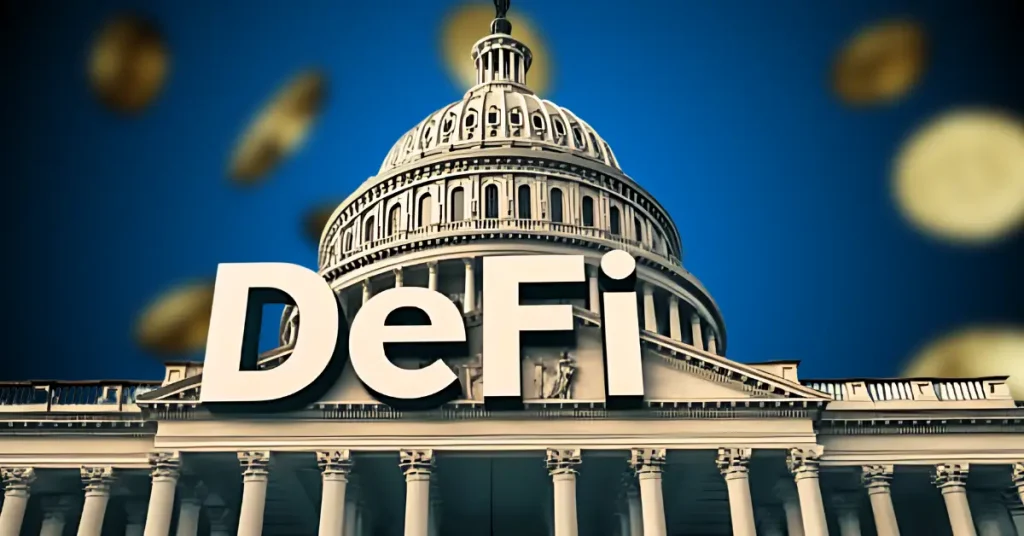
The post Tornado Cash vs OFAC Update: Court Prohibits Department of Treasury from Reinstating the Original Sanctions appeared first on Coinpedia Fintech News
- The Tornado Cash victory against OFAC is a major milestone for the web3 and DeFi development in the United States and globally.
- The use of crypto mixers by bad actors remains an existential threat to the wider crypto market.
United States District Judge for the Western District of Texas, Robert Pitman, ruled in favor of Tornado Cash, a popular crypto mixer, against the Office of Foreign Assets Control (OFAC). According to court documents dated April 28, the OFAC is now legally prohibited from reinstating the original sanctions.
In August 2022, OFAC added Tornado Cash to the Specially Designated Nationals and Blocked Persons (SDN) list. According to OFAC, Tornado Cash enabled bad actors, led by North Korea-backed Lazarus, to launder more the. $7 billion in crypto assets.
However, some Tornado Cash users, led by Joseph Van Loon, presented strong arguments that the Department of Treasury had overstepped its authority. On the top list, the Plaintiffs argued that Tornado Cash is not a person and immutable smart contracts are not property.
In addition to citing constitutional violations of free speech and financial privacy, Tornado Cash can seamlessly exist in the United States.
Bigger Picture of Tornado Cash Final Ruling
The final blow to the Department of Treasury by the Tornado Cash is a huge victory for the web3 developers in the United States and globally. The ruling was hailed by web3 leaders led by Paul Grewal, the Chief Legal Officer at Coinbase, among others.
Moreover, open source development of web3 protocols will take shape under the Donald Trump administration, especially amid the anticipated crypto legal clarity.
Meanwhile, TORN price gained around 1 percent following the announcement to trade about $7.38 at the time of this writing. The small-cap altcoin, with a fully diluted valuation of about $74 million and a 24 hour average trading volume of about $2.6 million, had rallied over 160 percent in the past year.





